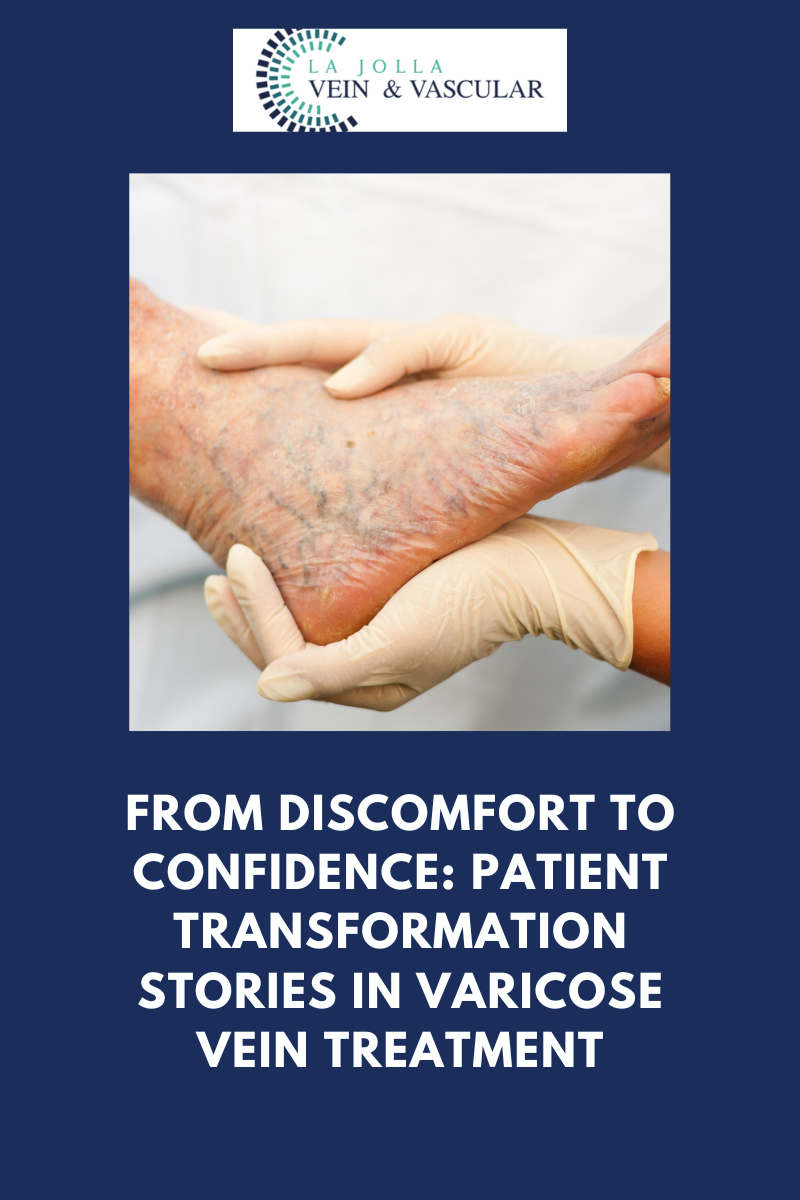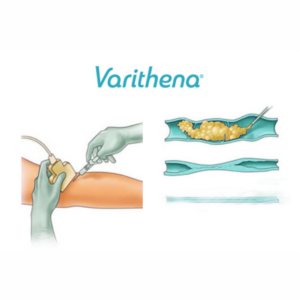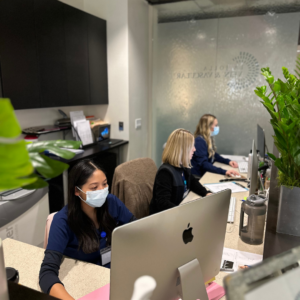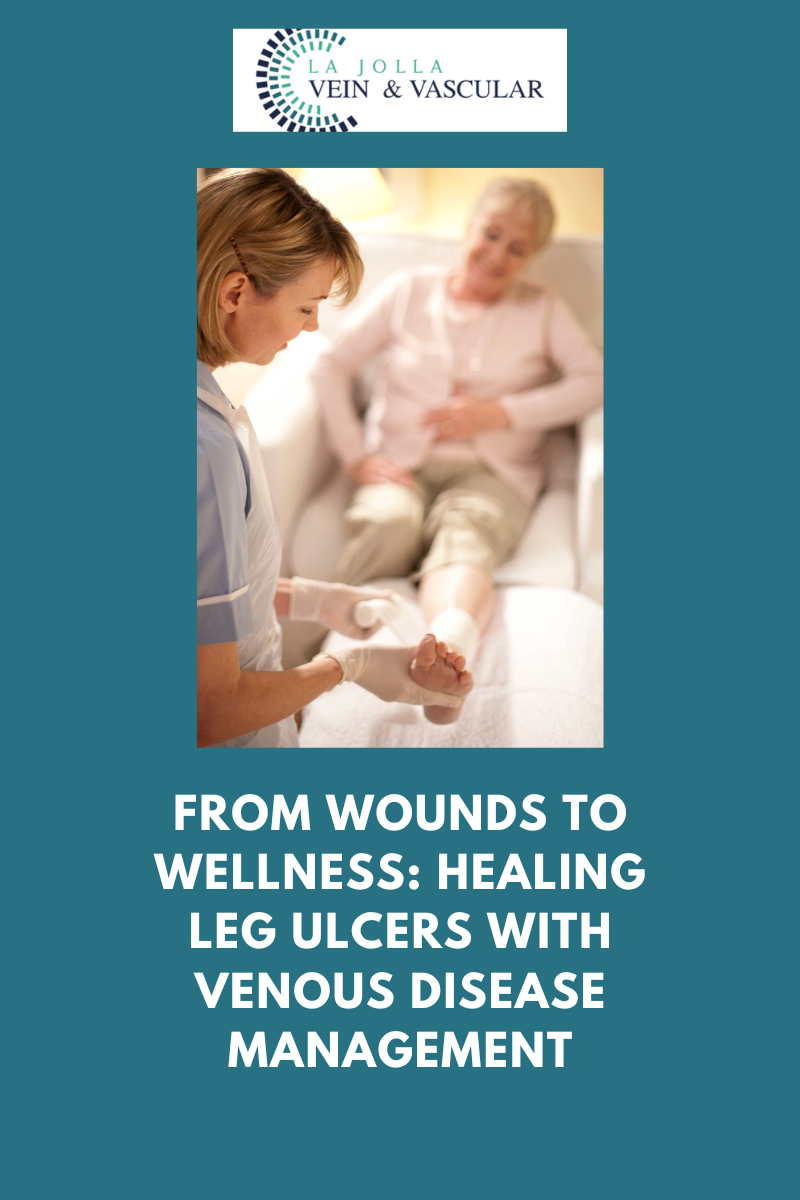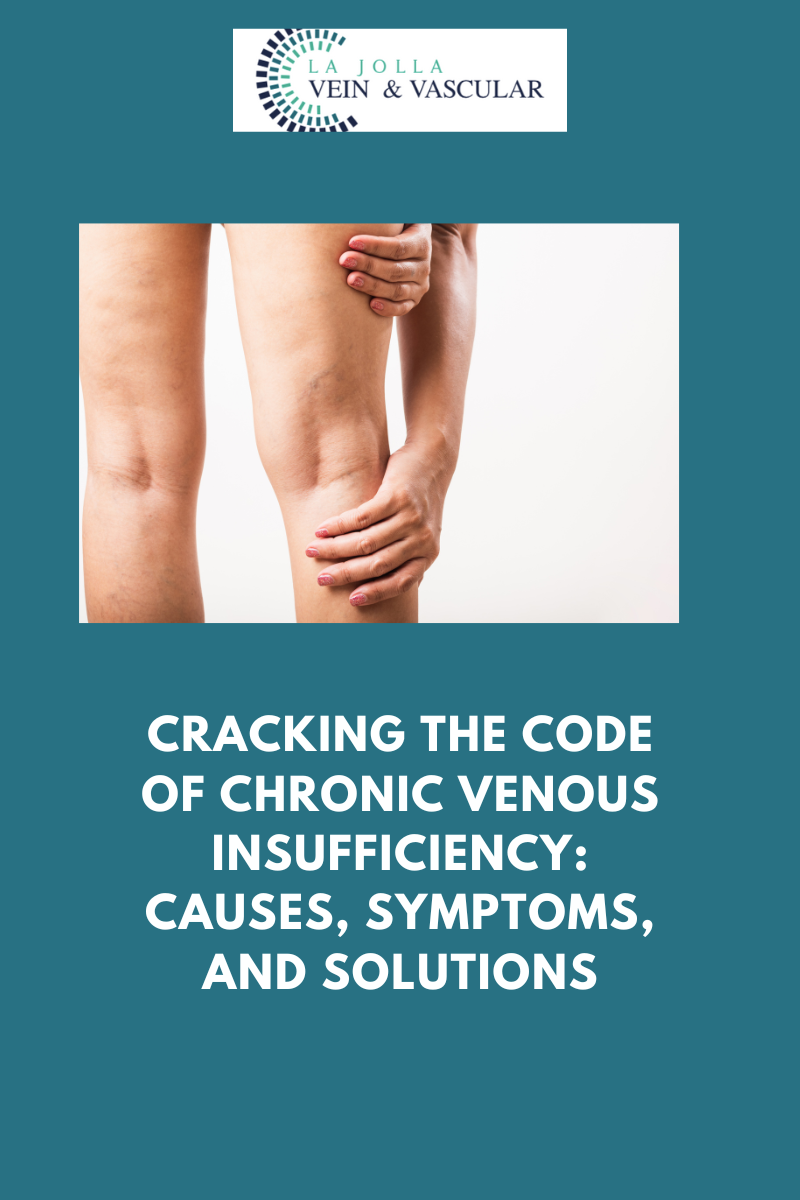Navigating Vascular Health: Exploring the significance and process of vein mapping
LJVascular2024-10-24T20:41:08-07:00Navigating Vascular Health: Exploring the significance and process of vein mapping
When it comes to diagnosing and treating vein-related conditions, accurate and detailed information is key. Vein mapping ultrasound, often referred to simply as “vein mapping,” is a crucial tool in the realm of vascular medicine. In this blog post, we’ll explore […]


